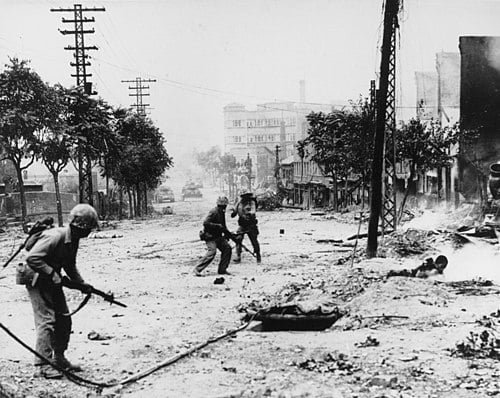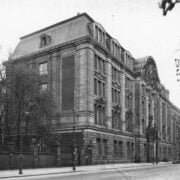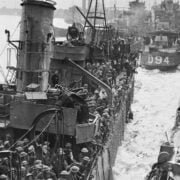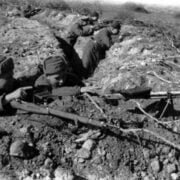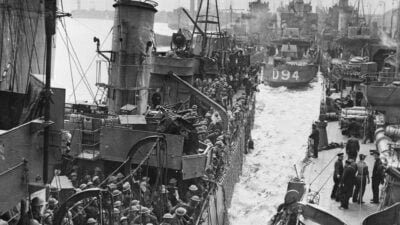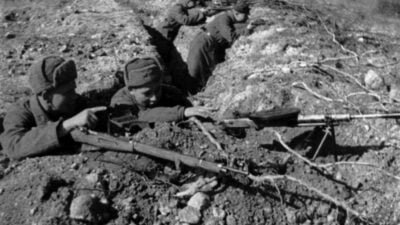The post-World War II period marked the beginning of an ideological division between the East and the West, symbolized by Soviet communism and U.S.-led capitalism. Germany’s division into four occupation zones after the war reflected this polarization, with the Soviets controlling the eastern half and the Western allies. Explore the events that led to the construction and fall of the Berlin Wall.
Also check out: The Afrika Korps of Rommel: The Campaign in North Africa


Motivations Behind the Construction
The context leading to the construction of the Berlin Wall in 1961 was marked by a significant migration flow from East Germany to the West, posing challenges for the communist government. The Soviet leadership saw mass defections as a risk to the socialist system and the stability of the Eastern Bloc. The wall was proclaimed as a measure to protect against “fascist infiltration.”
The Berlin Wall was a pivotal point in the Cold War, symbolizing the division of the world into two antagonistic blocs. The physical imposition of separation among families and friends had a deep psychological and emotional impact, exacerbating tensions between the two sides and solidifying the confrontation between the Eastern and Western blocs.
Evolution of the Wall
Over the years, the wall was reinforced with surveillance systems, fortifications, and exclusion zones, creating an insurmountable physical and ideological border between the two worlds.
Impact on Society and Everyday Life
The Berlin Wall not only divided the city but also separated families and friends. People who once lived and worked together suddenly found themselves divided by an impenetrable border. Many couldn’t meet anymore and had to deal with the anguish of forced separation.
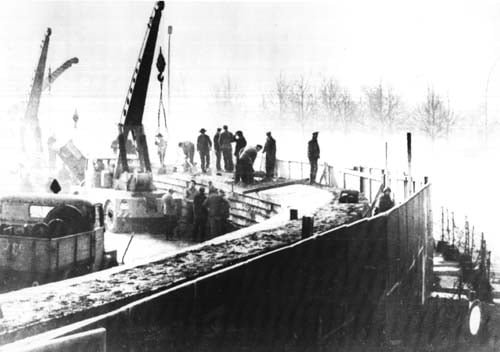

Separation of Families and Friends
The construction of the Wall resulted in severe travel restrictions. Residents of East Berlin were forbidden from crossing to the Western side, and any attempt to escape was risky, with border guards authorized to use lethal force to prevent passage.
Psychological and Emotional Impact
The presence of the Wall created an atmosphere of constant mistrust and fear. The feeling of living under constant surveillance and uncertainty about the future had a deep psychological impact on the population, leading to a widespread sense of despair and frustration.
Despite the risks, many East Berlin residents attempted to escape to the West. Some tried to climb, others used secret tunnels, while some sought less-patrolled passages, facing the risk of being apprehended, injured, or even killed.
Creation of Distinct Communities
The division of the city led to distinct communities on both sides of the Wall. While the Eastern side was under the control of the communist regime, the Western side thrived as a symbol of freedom and democracy, resulting in noticeable economic, cultural, and political differences.
Resistance and International Reactions
Within East Germany, there was active resistance against the oppression imposed by the government. Dissident movements and protests emerged even under strict restrictions. Intellectuals, artists, and activists challenged the regime, seeking freedom of expression and the reunification of the country.


Internal Resistance and Protests
The Western world and various international organizations showed solidarity and support for the citizens of East Berlin. Speeches, sanctions, and moral support were used to pressure communist governments to respect human rights and freedom of movement.
Political and Diplomatic Reactions
International leaders reacted diversely to the construction. Some vehemently condemned the action, while others took a more moderate approach. This resulted in changes in political relations between countries and influenced the dynamics of the Cold War.
The Berlin Wall significantly influenced the balance of power in the Cold War. Initially, it heightened tensions between the blocs. However, events like détente, a phase of eased tensions during the 1970s, allowed some stability in East-West relations.
Role of the United Nations and Other Organizations
International organizations like the UN closely monitored the situation in Berlin. The General Assembly and the Security Council discussed the impact and urged governments to respect human rights, keeping the issue of Berlin on the international agenda.
The End of the Wall
During the 1980s, both political and social pressures gradually increased. Pro-democracy movements and popular dissatisfaction in Eastern Europe intensified, challenging the communist regimes. This was reflected in Berlin, where the demand for freedom was growing.
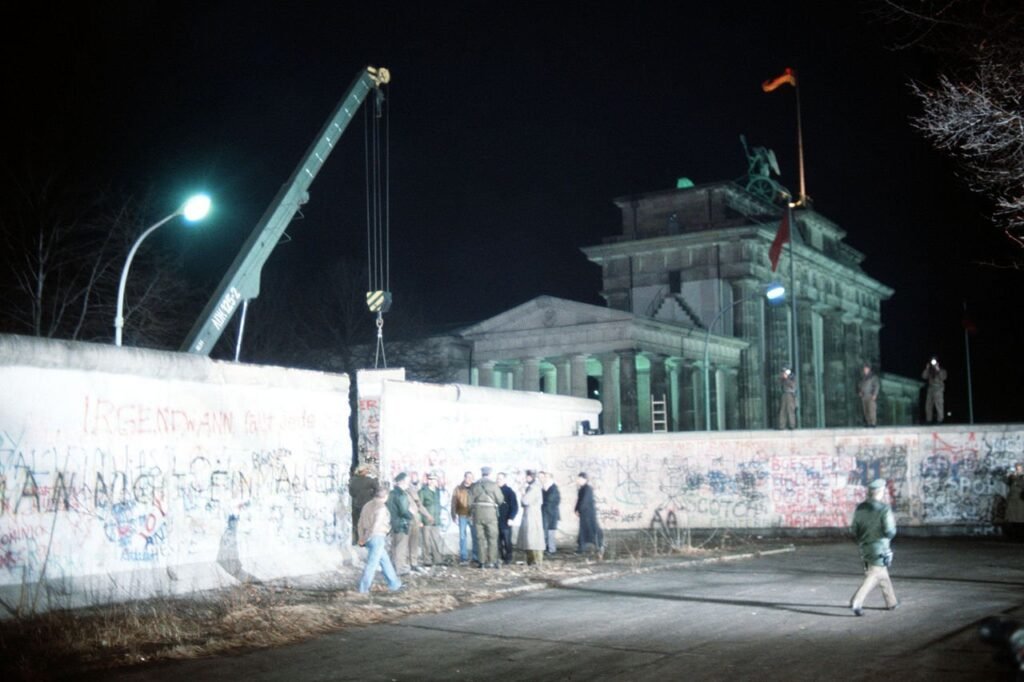

Political and Social Pressures on the Construction and Fall of the Berlin Wall
The policies of openness (Glasnost) and restructuring (Perestroika) led by Mikhail Gorbachev in the Soviet Union allowed for some liberalization and encouraged reforms in communist bloc countries, signaling a change in Soviet policy towards Eastern European countries. Key events, such as the opening of the border between Hungary and Austria in 1989 and the growing peaceful demonstrations in East Germany, played a crucial role in the mounting pressure for reunification.
The Fall of the Berlin Wall
The fall of the Berlin Wall was the culmination. A series of factors, including a confusing announcement about travel liberation made by a government official, led to a wave of citizens heading to the checkpoints and forcing the opening of the wall. This triggered a process that led to German reunification in 1990. This marked not only the reunification of the country but also the symbolic end of the Cold War and the division that separated the world for decades.
Legacy and Reflections on the Construction and Fall of the Berlin Wall
The fall of the Berlin Wall and the subsequent German reunification were significant steps towards European unification. This fueled the idea of a united and peaceful Europe, resulting in the expansion of the European Union and strengthening the ties among the continent’s countries.
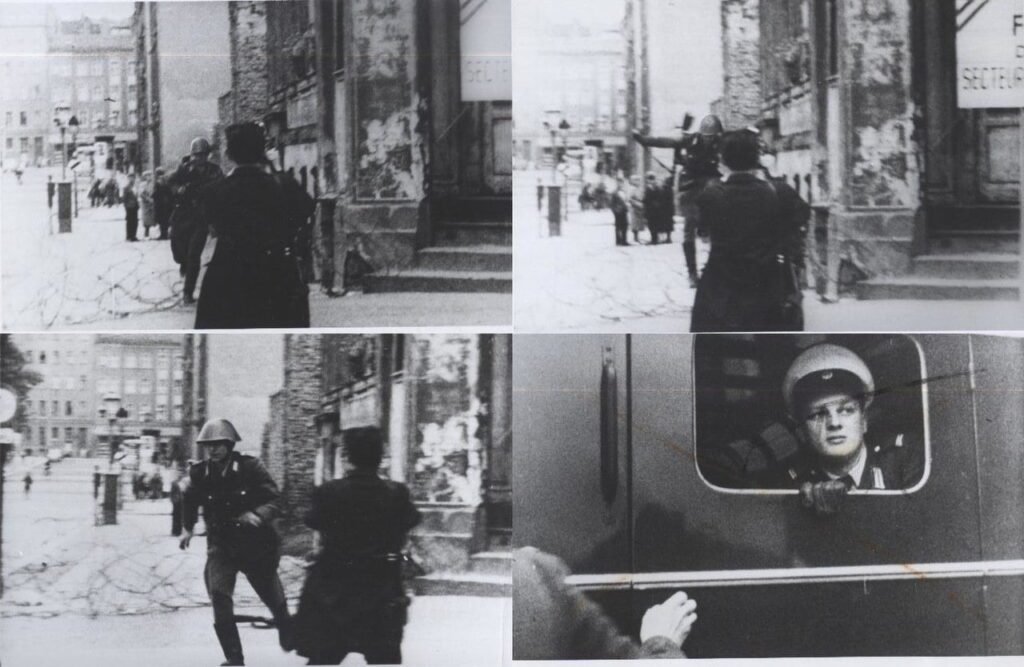

Reunification and European Unity
The world witnessed the end of Cold War bipolarity, entering a new geopolitical context characterized by the dominance of the United States and the challenge of new power dynamics.
The Berlin Wall remains a symbol of the struggle for freedom and against oppression. Its fall echoes as an example of peaceful resistance and how the determination of individuals can change the course of history.
Lessons Learned from the Construction and Fall of the Berlin Wall
The legacy of the Berlin Wall serves as a reminder of past divisions and conflicts, encouraging the pursuit of peaceful solutions and dialogue rather than physical or ideological barriers to resolve differences. It also remains relevant in contemporary challenges, such as increasing political polarization, the fight for human rights, and the confrontation of social and cultural barriers.
Exploring the legacy and reflections arising from its fall highlights not just the historical importance of this event but also the lessons it offers for the present and future, prompting reflection on the significance of freedom, unity, and global cooperation.




